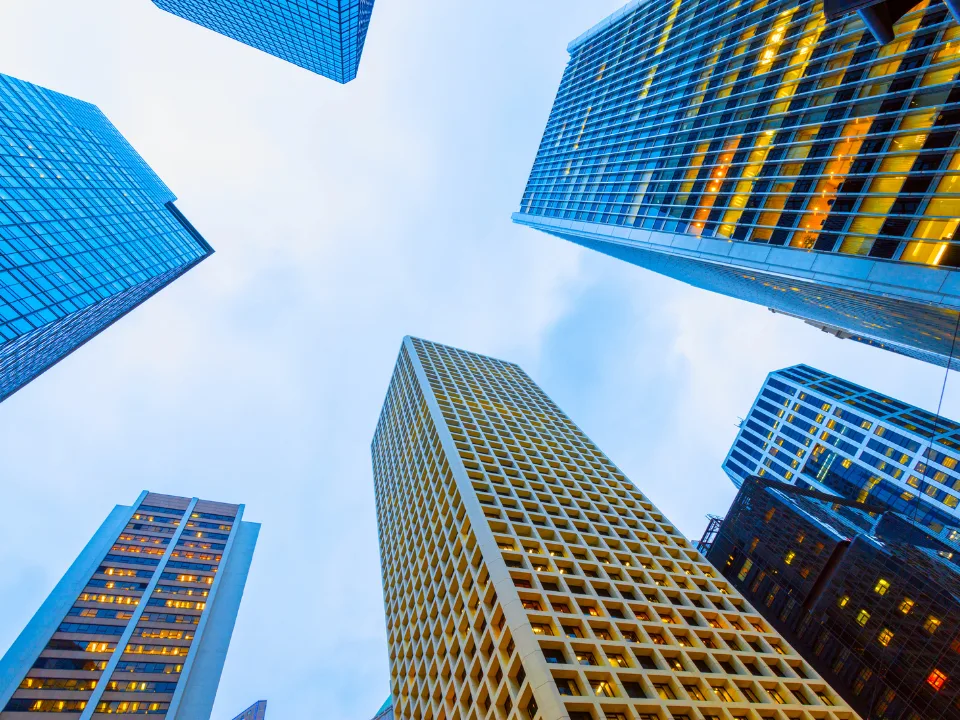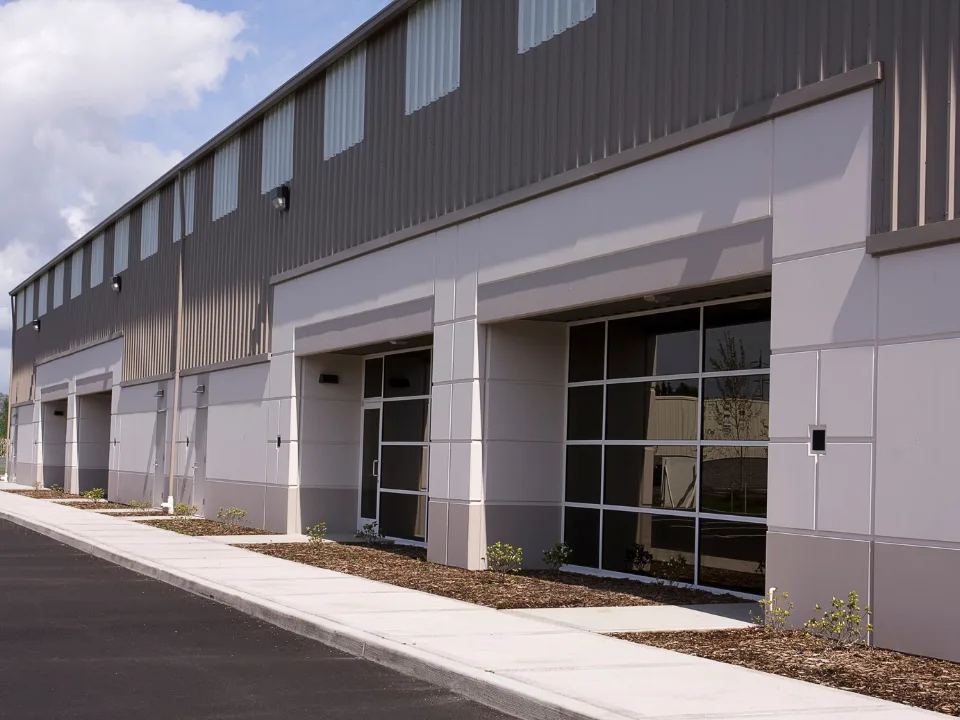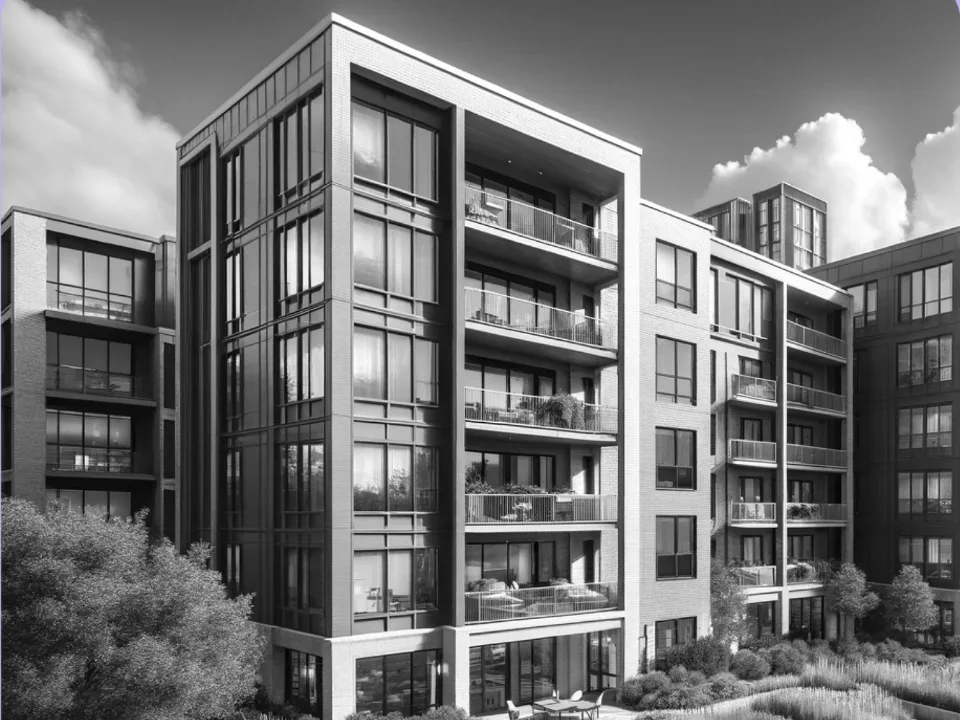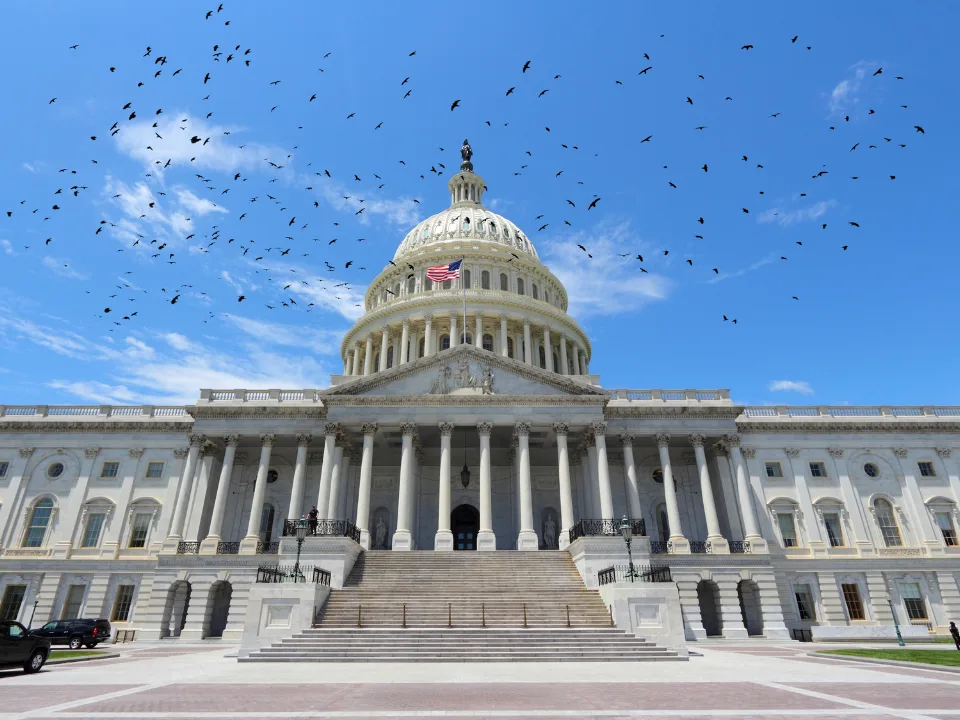- Washington, DC leads the nation in green office performance among primary markets, driven by a high per capita share of Energy Star-certified space and robust building policy frameworks.
- California dominates across categories, with San Francisco, Oakland, and Long Beach earning top spots in both LEED certifications and emissions reductions.
- Secondary markets like Minneapolis and Miami are proving that sustainability isn’t just for the biggest cities, with strong showings in green space per capita and mobility infrastructure.
Sustainability is no longer optional in commercial real estate, reports CommercialCafe. With high operating costs and increasingly stringent climate goals, green offices have emerged as both a financial and environmental imperative. To understand which US markets are leading the shift toward sustainable office space, a new national ranking evaluated cities on a mix of green certifications, energy efficiency, urban mobility, and carbon emissions. The results spotlight Washington, DC, California metros, and a handful of surprising standouts across the country.
Primary Market Leaders
Topping the list is Washington, DC, which scored highest thanks to an unmatched 103 SF of Energy Star-certified office space per capita and strong LEED adoption across its federal and private building stock. The city also benefits from forward-looking building codes and low commercial CO2 emissions.
In second place, San Francisco leads in LEED Platinum space and mobility, ranking as the most walkable city and second-best for transit. Its green building pipeline remains active, with nearly 4M SF of sustainable office space currently under construction.
Boston rounds out the top three, powered by a high percentage of LEED Gold buildings and excellent transit access. Meanwhile, Denver distinguished itself with top marks in building policies, and New York City landed in seventh place, hindered by an older building inventory despite robust sustainability mandates.
Get Smarter about what matters in CRE
Stay ahead of trends in commercial real estate with CRE Daily – the free newsletter delivering everything you need to start your day in just 5-minutes
Secondary Market Standouts
Among secondary markets, Oakland, Calif. took the top spot, driven by the highest LEED score and a large share of Platinum-certified buildings. The city also scored high for low emissions and strong public transit.
Minneapolis followed closely with the highest Energy Star SF per capita among its peers and leading policies around building efficiency. It also topped the mobility index thanks to its bike-friendly infrastructure.
Long Beach, Calif. secured third place due to strong LEED stock growth and low carbon emissions, despite a smaller share of certified office properties compared to top contenders.
Metric Highlights
- LEED Stock & Growth:
San Francisco leads all primary markets in LEED Platinum share (24%), while Chicago holds the most Platinum SF overall. Austin, Texas, was the top primary market for LEED growth (+8% between 2015 and 2024), with Long Beach leading growth among secondary markets (+4%). - Energy Star Performance:
DC leads again with 103 SF per capita, followed by Atlanta (88) and San Francisco (72). Minneapolis (48) and Tampa (29) lead among secondary markets. - Mobility Index:
New York City, San Francisco, and Boston dominate among primary markets. Minneapolis, Miami, and Oakland top the list for secondary cities, driven by high walkability and public transit access. - CO2 Emissions:
Western cities lead in low emissions, with Sacramento, San Jose, and DC topping primary markets, and Riverside, Long Beach, and Oakland topping secondary ones. Older, fossil-fuel-reliant cities like New York City and Chicago lag behind despite strong green building inventories.
Why It Matters
Green-certified office buildings aren’t just a marketing win — they directly reduce energy costs and emissions. This provides a crucial advantage as tenants and investors demand higher ESG standards. With office buildings accounting for 16% of US greenhouse gas emissions, the importance of energy-efficient, low-impact properties is only growing.
What’s Next
Sustainability continues to shape investment and development priorities. Expect more retrofitting of older buildings, stricter energy codes, and better integration of transit infrastructure into green development strategies. From federal policy to local mobility planning, the green office movement is gaining momentum — and it’s here to stay.
















